The article is also available in French and Spanish.
Rice is a vital staple food for more than 3.5 billion people worldwide. Almost 60% of people facing hunger depend on rice for sustenance and livelihood, while approximately 20% of the world's dietary energy stems from this grain.1 With the global population expected to exceed 9 billion by 2050, it is clear that even more people will become reliant on rice for nutrition and the rice sector needs to be transformed in order to feed the world sustainably.
The challenges posed for Indonesia
Indonesia is the world's third-largest rice producer, with 60% of its total output originating from the island of Java.2 This region is one of the most susceptible to the adverse effects of climate change. Approximately 20 million hectares of rice fields are at risk of flooding, while another 20 million hectares are prone to drought. Rice cultivation consumes a significant 40% of the available freshwater, averaging 1 432 litrers of water for each kilogram of rice produced3 within irrigated lowland production systems.4 This depletes freshwater resources, impacting human consumption and various other applications, ultimately exacerbating the frequency and intensity of water conflicts. Furthermore, conventional rice cultivation practices, including excessive use of fertilisers and pesticides, inflict further harm on water quality, disrupt ecosystem integrity, and pose risks to human health. Beyond the realm of climate change, rice producers and millers constantly grapple with a multitude of challenges. These include their limited understanding of sustainable rice production methods and a lack of access to financial resources for implementing advanced technologies.
The Low Carbon Rice project, funded through the European Union’s SWITCH-Asia programme, aspires to address the abovementioned problems and minimise the impact of rice production on climate change by implementing sustainable rice production methods at the post-harvest level, i.e. rice milling. With 150 small rice mills as direct beneficiaries, the project has been implemented in Central Java (Boyolali, Klaten, Sragen) and East Java (Madiun, Ngawi) by Preferred by Nature, the People’s Coalition for Food Sovereignty5 and the Indonesia Rice Millers and Trader Association.6
|
Tips from Low Carbon Rice:
|
1. Mitigating the environmental impact through research, technical evaluation and assistance
Any attempt to solve a problem requires an understanding of its underlying causes and consequences. To meet its objectives, the project team designed and implemented a comprehensive baseline study. Their objective was to gain insights into the current state of the rice industry across the entire supply chain, covering rice cultivation, production, marketing, consumption, and the associated policy framework.
The carbon emissions of the post-harvest processes (e.g. threshing, drying, husking, separation, blowing, polishing, etc.) are considerable since rice millers rely extensively on fossil fuels, especially diesel (85% contribution from the total emissions). A technical assessment of the participating rice millers has been completed and has shown the challenges in machinery and equipment configuration. Describing the situation, Mr Muhadi, a Low Carbon Rice project beneficiary, mentions: “there are limited opportunities for a small rice mill to upgrade its own technology. For example, if we want to produce red rice, we want to make sure that only red rice is included (in the package). But because we only use humans as colour sorters, sometimes you can still find the white rice in the red rice package.” This technical shortcoming is tackled with technical assistance which has proved beneficial. Mr Muhadi continues: “Back then, each milling machine in my rice mill needed one diesel engine and the whole operation required three diesel engines. Through technical assistance by Low Carbon Rice, I improved the milling machine boosting its efficiency by about 60% in terms of diesel use and carbon emissions.”
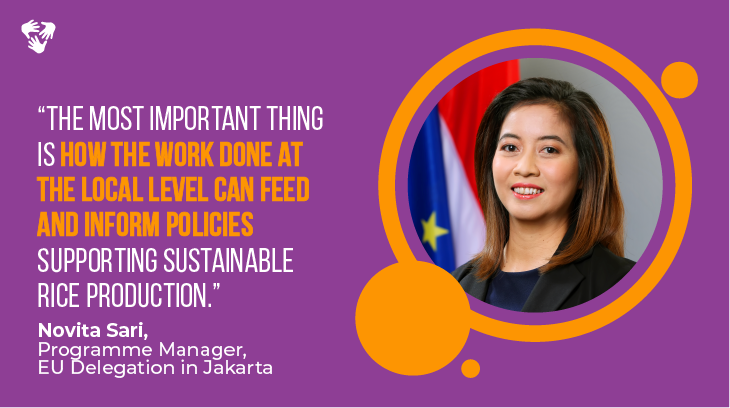
The research and assessment conducted has also generated policy relevant insights. As Novita Sari, Programme Manager at the EU Delegation in Jakarta, highlights: ‘’The most important thing is how the work done at the local level can feed and inform policies supporting sustainable rice production. Future projects could make use of the results of Low Carbon Rice and focus on policy making.”
2. Fostering partnerships, networking and awareness raising among the key stakeholders
Solid partnerships and continuous networking have been part of the Low Carbon Rice strategy. Starting from the project set-up, the collaboration with local partners (i.e. People’s Coalition for Food Sovereignty - KRKP and the Rice Millers and Trader Association - PERPADI) has made the combination of the partners’ assets and expertise possible. On top of the local stakeholders, these partners have connections with the authorities at the district and national levels. This allows the project to have direct access to and communication with the policymakers of a country whose rice production is heavily regulated and suffers from inadequate financing opportunities. As Angga Maulana Yusuf, Lead Project Manager (Low Carbon Rice) at Preferred by Nature, explains: “We want to facilitate partnerships between the public and private sectors and the access to finance so that rice millers can get subsidies and loans with low interest rates and flexible requirements.” However, the absence of the financing opportunities is not the only challenge, as the requirements can be strict and compliance is not feasible for rice millers who sometimes do not even keep a record of their production, cash flows and transactions.
To boost the shift to sustainable rice production, attention has also been given to awareness-raising. A series of workshops, online (i.e. social media) and offline activities (i.e. public event attendance) are in the pipeline. Angga Maulana Yusuf continues: “We want to build awareness on sustainable rice among retailers and consumers in Indonesia. It is crucial that we share with them what are the benefits of sustainable rice, how it can impact the environment and the livelihoods of farmers and rice millers.”
3. Adopting a flexible approach with the rice millers for a change of mindset
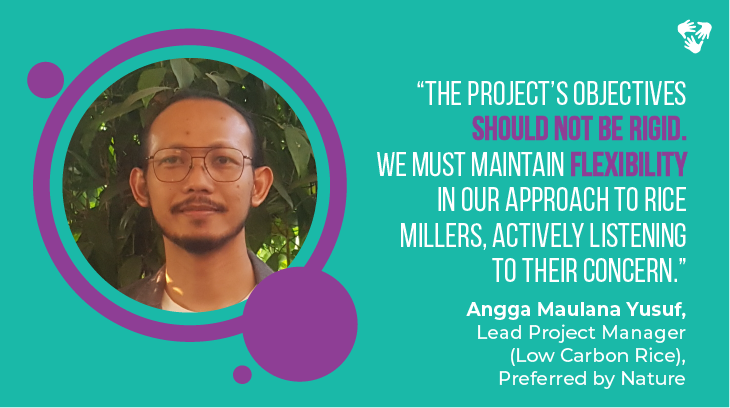
For middle-aged or elderly rice millers who have spent a large part of their life producing rice in a certain way, the “business as usual” trap cannot be ignored. How do you convince someone to suddenly change their business models to more sustainable ones, especially when some of them might even feel hopeless securing a loan with low interest rates and flexible requirements? Are concepts like “sustainability” and “climate change” compelling enough, or should we reconsider the way we communicate with rice millers to actually achieve a change of mindset?
According to Angga Maulana Yusuf, Lead Project Manager (Low Carbon Rice), Preferred by Nature, “the project's objectives should not be rigid. We must maintain flexibility in our approach to rice millers, actively listening to their concerns. When we demonstrate that we have practical solutions to address their issues, it fosters trust in both us and the project. We should expand our conversations beyond low carbon emissions and sustainable rice, and also explore how millers can effectively manage their waste, for instance. As entrepreneurs, they need tangible metrics or a clear understanding of the impact their actions might have on their children's future. By doing so, we can earn their trust."
Looking ahead
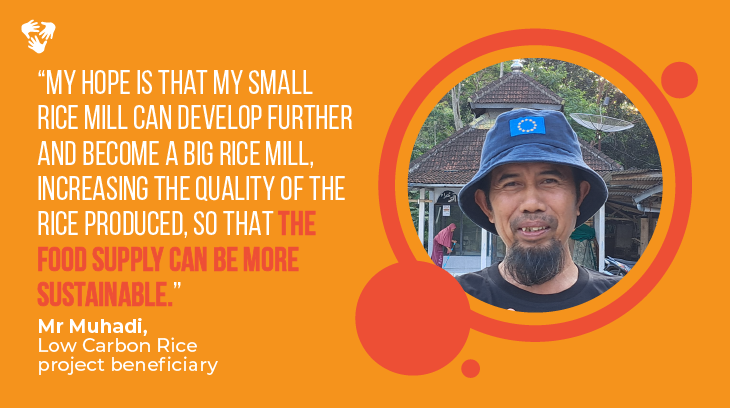
If Indonesia's rice sector is to achieve sustainability, the involvement of other stakeholders in the supply chain requires careful examination. Additionally, questions pertaining to the preservation of water resources (a landscape issue) and strategies for engaging more young individuals in the rice sector could serve as sources of inspiration for shaping future projects. Once thing is certain: more needs to be done and - as Mr Muhadi’s words suggest - hope and determination are our strongest allies: “My hope is that my small rice mill can develop further and become a big rice mill, increasing the quality of the rice produced, so that the food supply can be more sustainable and at the end, can satisfy both the end consumer and the farmers supplying their husks to us. We hope that the whole supply chain from upstream to downstream can be more sustainable.”
Like, comment and share this article with your peers
|
The Low Carbon Rice project
|
1 For more information, read Why Sustainable Rice?
2 For more information, read Empowering Indonesian rice farmers with sustainable practices for better livelihoods.
3 For more information, read Low Carbon Rice.
4 This is the type of system used by most rice farmers in Java, Indonesia.
5 Koalisi Rakyat untuk Kedaulatan Pangan (KRKP)
6 Perkumpulan Penggilingan Padi dan Pengusaha Beras Indonesia (PERPADI)
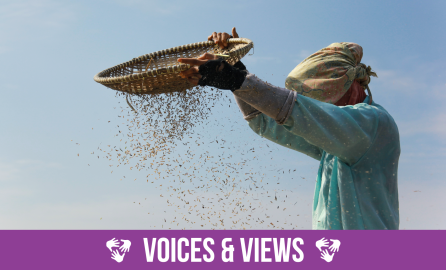


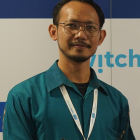
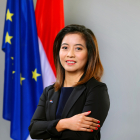
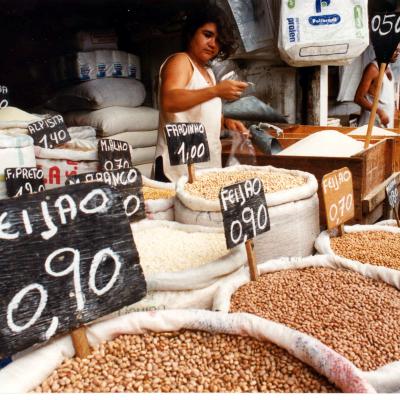
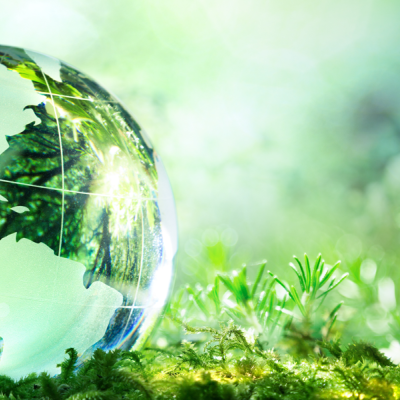
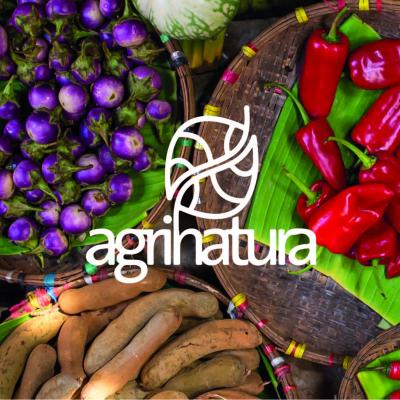

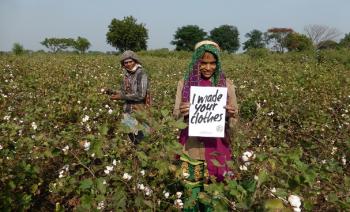
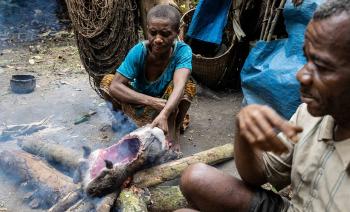

Comments
Log in with your EU Login account to post or comment on the platform.